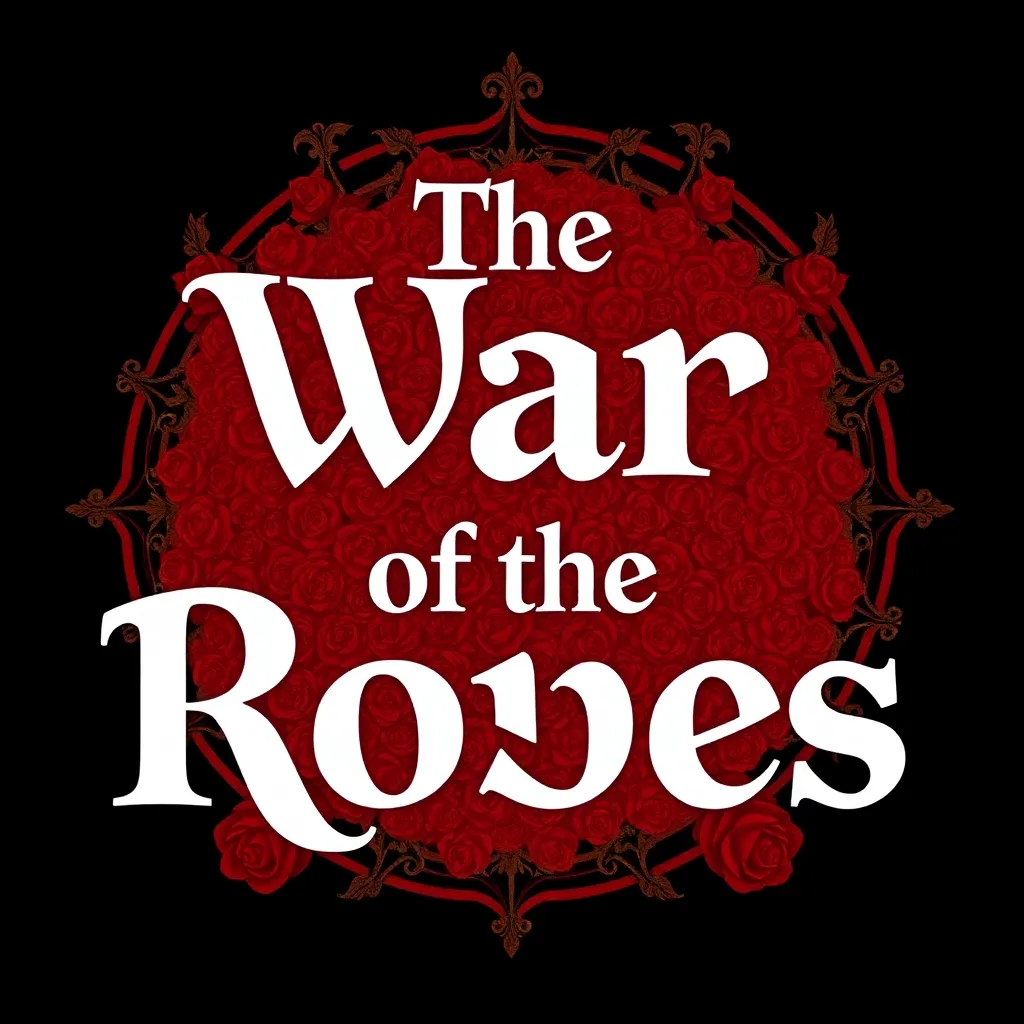
Outdoor plants
The War of the Roses: A Historical Clash for the English Throne


DINKAR
10/24/2024
The War of the Roses is one of the most famous conflicts in English history. Fought between the House of Lancaster and the House of York, this civil war lasted for over three decades, from 1455 to 1487. Both houses were descendants of Edward III, and the war was fought primarily for control of the English throne. The name "War of the Roses" comes from the symbols used by the two houses: the red rose for the Lancastrians and the white rose for the Yorkists.
Origins of the Conflict
The seeds of the War of the Roses were sown long before the battles began. During the reign of Richard II (1377–1399), tensions between powerful noble families started to rise. When Richard II was overthrown by his cousin, Henry Bolingbroke, who became Henry IV, the throne shifted to the House of Lancaster. This marked the beginning of dynastic rivalry, as some members of the House of York believed they had a stronger claim to the throne.
Henry VI, the weak and mentally unstable son of Henry V, was at the center of the dispute. His inability to effectively govern created political chaos. The king’s mental health issues led to periods of insanity, during which the kingdom was governed by powerful nobles, including Richard, Duke of York. Richard was initially loyal to Henry VI, but as the king’s incapacity worsened, Richard’s ambitions grew, and he eventually laid claim to the throne.
The Beginning of the War
The first battle of the War of the Roses took place in 1455 at St. Albans, where Richard, Duke of York, and his forces defeated Henry VI’s army. The victory strengthened the Yorkist cause, but the conflict was far from over. Henry VI’s wife, Margaret of Anjou, a strong and determined woman, became the leading force for the Lancastrians. She fought fiercely to maintain her husband’s claim to the throne and secure it for their son, Prince Edward.
Over the next several years, battles erupted across England, with each side gaining and losing ground. The war was not continuous but took place over a series of conflicts. The shifting allegiances of powerful nobles played a crucial role in the outcomes of these battles. The balance of power fluctuated as different factions supported either the Lancastrians or Yorkists, making the war unpredictable.
Key Battles and Shifts of Power
Some of the most significant battles during the War of the Roses include:
- Battle of Towton (1461): One of the bloodiest battles in English history, it ended in a decisive victory for the Yorkists. After the battle, Edward, Duke of York, became Edward IV, King of England. Henry VI was captured and imprisoned, but the Lancastrians, led by Margaret of Anjou, continued to resist.
- Battle of Barnet (1471): Edward IV, who had been temporarily deposed, returned to England and defeated the forces of the Lancastrians and their ally, Richard Neville, the powerful Earl of Warwick, also known as the "Kingmaker." Warwick's death in this battle was a major blow to the Lancastrian cause.
- Battle of Tewkesbury (1471): This battle saw the final defeat of Margaret of Anjou’s forces, and her son, Prince Edward, was killed. With no heir to the Lancastrian throne, the war seemed to be over. Henry VI was murdered in the Tower of London shortly after the battle, marking a grim end for the Lancastrian line.
Edward IV's Reign and the Return of Conflict
After his victory, Edward IV ruled England relatively peacefully until his death in 1483. His untimely demise, however, reignited the conflict. Edward’s sons, Edward V and Richard, Duke of York, were too young to rule, and their uncle, Richard, Duke of Gloucester, assumed the role of protector. In a controversial move, Richard declared Edward IV’s sons illegitimate and took the throne for himself as Richard III.
This act caused widespread discontent, even among some former Yorkist supporters. Richard III’s reign was short and tumultuous, as many viewed him as a usurper. His biggest threat came from Henry Tudor, a descendant of the Lancastrian line, who had been living in exile in France.
The Battle of Bosworth Field and the End of the War
The final battle of the War of the Roses took place at Bosworth Field on August 22, 1485. Henry Tudor landed in England with an army, intent on taking the throne. Richard III, determined to hold onto power, faced Henry’s forces in battle. The fight was fierce, but Richard was ultimately killed in the battle, famously losing his life and crown. Henry Tudor was crowned Henry VII, marking the end of the War of the Roses and the beginning of the Tudor dynasty.
Henry VII’s victory brought stability to England after years of internal strife. He solidified his claim to the throne by marrying Elizabeth of York, the daughter of Edward IV, thereby uniting the houses of York and Lancaster. This marriage symbolically ended the dynastic feud, and their combined red-and-white rose became known as the Tudor Rose, representing the union of the two houses.
The Aftermath and Legacy of the War of the Roses
The War of the Roses had a profound impact on England. Not only did it result in the rise of the powerful Tudor dynasty, but it also marked the end of the medieval period in English history and the beginning of the Renaissance. The conflict decimated many noble families and brought about significant political changes. The power of the monarchy was strengthened, and the role of the nobility in government diminished.
Henry VII’s reign restored peace and order, and his descendants, including his famous son Henry VIII and granddaughter Elizabeth I, would go on to shape the future of England for generations.
Conclusion
The War of the Roses remains a fascinating chapter in English history. It was a conflict driven by ambition, betrayal, and shifting alliances, with far-reaching consequences for the nation. The war ultimately paved the way for the Tudor dynasty and the modern era in England. Even today, the legacy of the war can be seen in popular culture, literature, and historical discussions. The rise and fall of kings and queens during this period continues to captivate those who study the intricate history of royal power struggles.